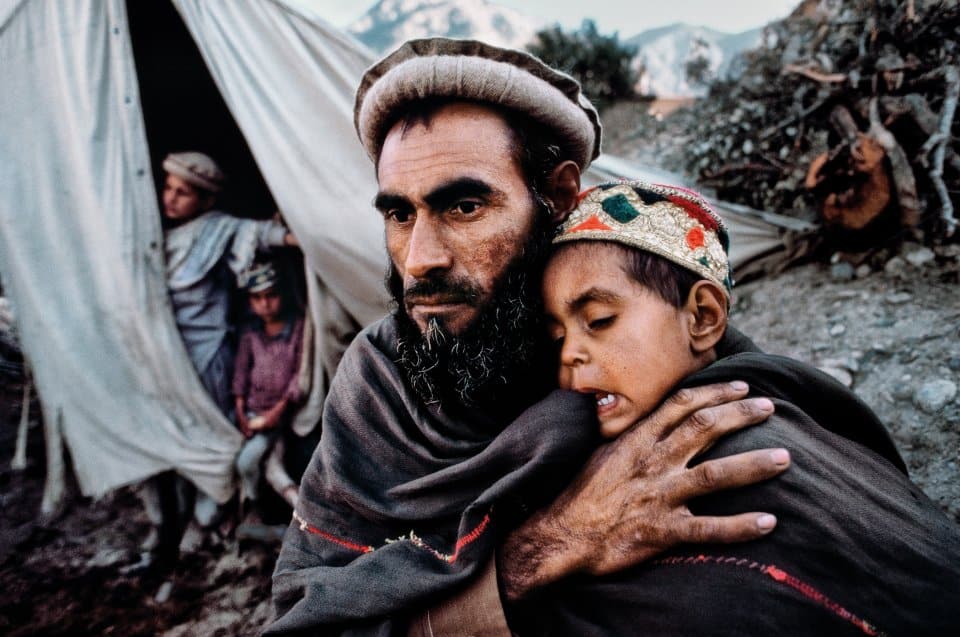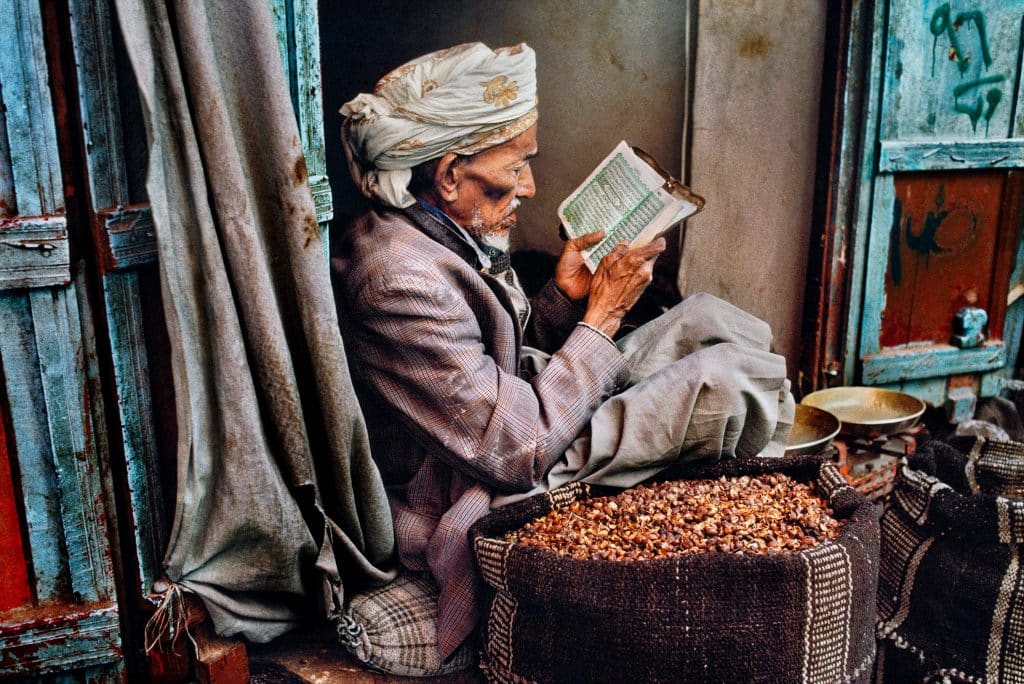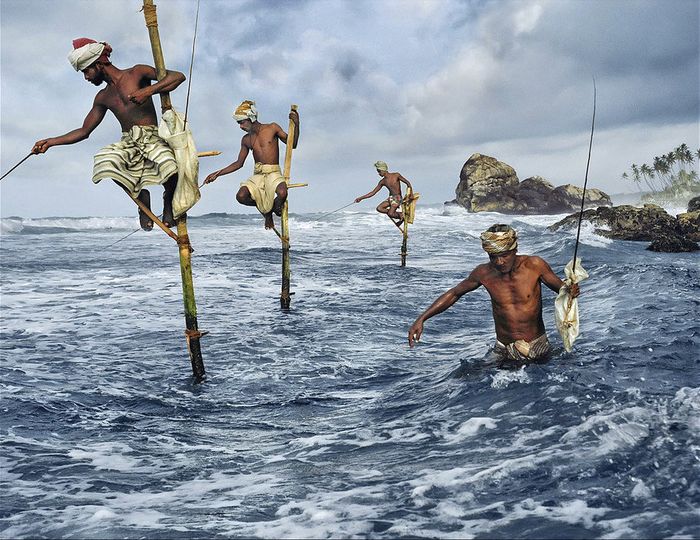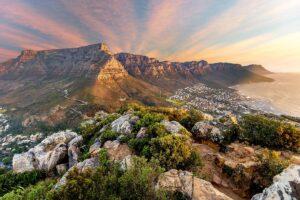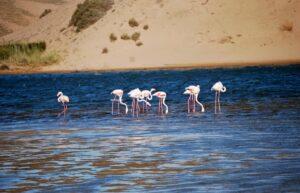
Steve McCurry is best known for his evocative colour photographs that document social issues in wider global geopolitics. His work spans conflict, ancient traditions, vanishing cultures, and contemporary culture; retaining a human element throughout.
He has braved several battlefields around the world, including Afghanistan, Iraq, and Iran, to capture armed conflicts, territorial invasions, and war-infested landscapes that locals and refugees face on a daily basis. Through emotionally charged photographs, McCurry displays the effects of war on people and places.
Early Years
McCurry, a native of Philadelphia, Pennsylvania, originally intended to study filmmaking and cinematography but instead earned a bachelor’s degree in theatre arts from Pennsylvania State University. During his studies, he worked as a photographer for the university newspaper The Daily Collegian, which was his first exposure to photography. He worked for Today’s Post in King of Prussia, Pennsylvania, after graduating in 1974, then left two years later to work as a freelance photographer in India.
Months after arriving in the country, McCurry crossed the border into Pakistan. There, he met a group of Afghan refugees in a village who transported him into the Taliban-controlled portion of Afghanistan soon before the Soviet invasion. After he covertly entered the territory with rolls of film sewn into his clothing, the photographer began capturing the human experiences of warfare and the damages caused by armed strife, including the beginning of the rift between Russian and Afghan forces.
Steve McCurry’s The Afghan Girl
While Steve McCurry’s photography is dominated by images of war and violence, he goes beyond these themes by emphasising the human emotions at the heart of his subjects. One of his most renowned photos is a portrait of the then 12-year-old Sharbat Gula at Nasir Bagh refugee camp near Peshawar, Pakistan.
He captured Gula in her red veil against a blue-green background, the child’s piercing gaze echoing the weight of the Afghan war. The Afghan Girl graced the cover of National Geographic magazine for its June 1985 issue, and is recognised as one of the magazine’s most famous covers.
War and Emotions
In the middle of war, McCurry’s photographs have managed to remind the viewer of the humans behind the armed conflict. He has photographed the ordinary people impacted by wars, such as the Gulf War.
In 1982, the artist travelled to Beirut, Lebanon in 1982, and came across a group of five children playing with a wrecked tank near the battlefield. Children Playing, near Beirut, Lebanon shows two children dangled over the tank’s barrel, one hopped off the armoured vehicle and onto a tyre burrowed into the dry earth, one hid behind the tank, and a young woman stood atop the military artillery, all of them seemingly unconcerned by the empty shells of explosives strewn around them and the artist snapping photos a few feet away.
Vanishing Cultures
Aside from covering armed conflicts, Steve McCurry’s portraits also provide a peek into the world’s vanishing civilisations, including Rabari tribal elder, Rajasthan, India(2010). Before starting the project, the photographer asked Kodak for the last roll of Kodachrome 64 after the firm had announced in June 2009 that it would be discontinued.
It seemed fitting for the artist to shoot a nomadic tribe in India whose way of existence was progressively receding from modern civilisations, similar to the demise of Kodachrome 64 when Kodak provided it to him.
Awards and Accolades
McCurry has been a member and correspondent of Magnum Photos since 1986. Throughout his photojournalism career, McCurry’s famous photos have accumulated accolades and recognitions with some of the most prestigious awards in the industry.
In 1984, the artist was awarded Magazine Photographer of the Year by the National Press Photographers’ Association. In the same year, he won an unprecedented four first prizes in the World Press Photo Contest. He has also won the Robert Capa Gold Medal; National Press Photographers Award; the Centenary Medal for Lifetime Achievement; and been inducted into the International Photography Hall of Fame.
In 2004, MccCurry founded ImagineAsia, a non-profit organisation that partners with local community leaders and regional NGOs to help the children and young adults of Afghanistan gain access to education and learning opportunities and resources.
